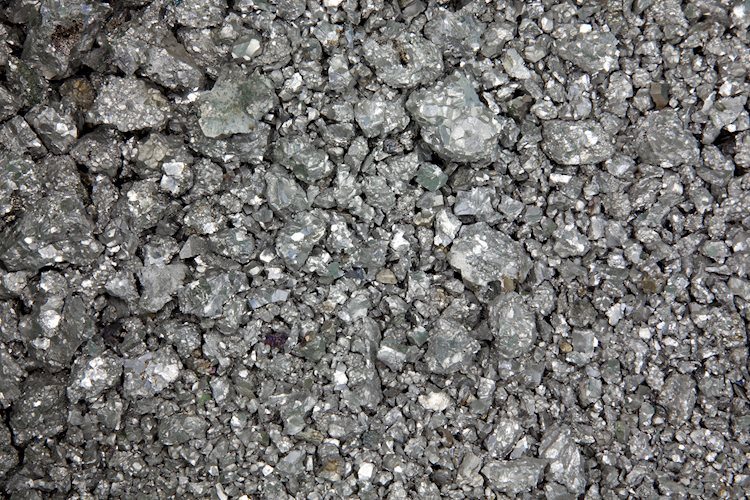- Silver price receives support from the safe-haven flows amid escalating Middle-East tensions.
- Non-yielding Silver could be negatively impacted by prolonged high rates, as the diminishing likelihood of a Fed rate cut reduces its appeal.
- A decline in China’s manufacturing activity might have restrained the positive impact of fiscal and monetary stimulus on Silver demand.
Silver price (XAG/USD) extends its gains for the second consecutive day, trading around $31.50 per troy ounce during the European hours on Wednesday. The upside of the Silver prices is attributed to the safe-haven flows amid escalating geopolitical tensions in the Middle East.
Iran launched over 200 ballistic missiles at Israel on Tuesday, shortly after the US had warned that a strike was imminent. The Israel Defense Forces reported that several of the missiles were intercepted, while reports indicated that one person was killed in the West Bank, according to Bloomberg.
Israeli Prime Minister Benjamin Netanyahu vowed to retaliate against Iran following a missile attack on Tuesday. In response, Tehran warned that any counterstrike would lead to “vast destruction,” raising concerns about the potential for a broader conflict.
On Tuesday, the weaker-than-expected ISM Manufacturing PMI made room for the US Federal Reserve (Fed) to continue lowering rates. The index came at 47.2 for September, matching the reading with August’s print but came in below the market expectation of 47.5. However, Fed Chair Jerome Powell said on Monday the central bank is not in a hurry and will lower its benchmark rate gradually ‘over time.’
The CME FedWatch Tool indicates that markets are assigning a 62.7% probability to a 25 basis point rate cut by the Federal Reserve in November, while the likelihood of a 50-basis-point cut is 37.3%, down from 57.4% a week ago. Prolonged higher interest rates keep the opportunity cost higher of holding non-yielding assets like Silver, making it less appealing to investors who seek more attractive, yield-bearing alternatives.
Silver demand has been bolstered by China’s fiscal and monetary stimulus, particularly benefiting industrial applications in one of the world’s largest manufacturing hubs. However, weaker-than-expected demand growth in China, compounded by data indicating a decline in manufacturing activity, might have limited the upside potential of the grey metal.
Silver FAQs
Silver is a precious metal highly traded among investors. It has been historically used as a store of value and a medium of exchange. Although less popular than Gold, traders may turn to Silver to diversify their investment portfolio, for its intrinsic value or as a potential hedge during high-inflation periods. Investors can buy physical Silver, in coins or in bars, or trade it through vehicles such as Exchange Traded Funds, which track its price on international markets.
Silver prices can move due to a wide range of factors. Geopolitical instability or fears of a deep recession can make Silver price escalate due to its safe-haven status, although to a lesser extent than Gold’s. As a yieldless asset, Silver tends to rise with lower interest rates. Its moves also depend on how the US Dollar (USD) behaves as the asset is priced in dollars (XAG/USD). A strong Dollar tends to keep the price of Silver at bay, whereas a weaker Dollar is likely to propel prices up. Other factors such as investment demand, mining supply – Silver is much more abundant than Gold – and recycling rates can also affect prices.
Silver is widely used in industry, particularly in sectors such as electronics or solar energy, as it has one of the highest electric conductivity of all metals – more than Copper and Gold. A surge in demand can increase prices, while a decline tends to lower them. Dynamics in the US, Chinese and Indian economies can also contribute to price swings: for the US and particularly China, their big industrial sectors use Silver in various processes; in India, consumers’ demand for the precious metal for jewellery also plays a key role in setting prices.
Silver prices tend to follow Gold’s moves. When Gold prices rise, Silver typically follows suit, as their status as safe-haven assets is similar. The Gold/Silver ratio, which shows the number of ounces of Silver needed to equal the value of one ounce of Gold, may help to determine the relative valuation between both metals. Some investors may consider a high ratio as an indicator that Silver is undervalued, or Gold is overvalued. On the contrary, a low ratio might suggest that Gold is undervalued relative to Silver.
Read the full article here

